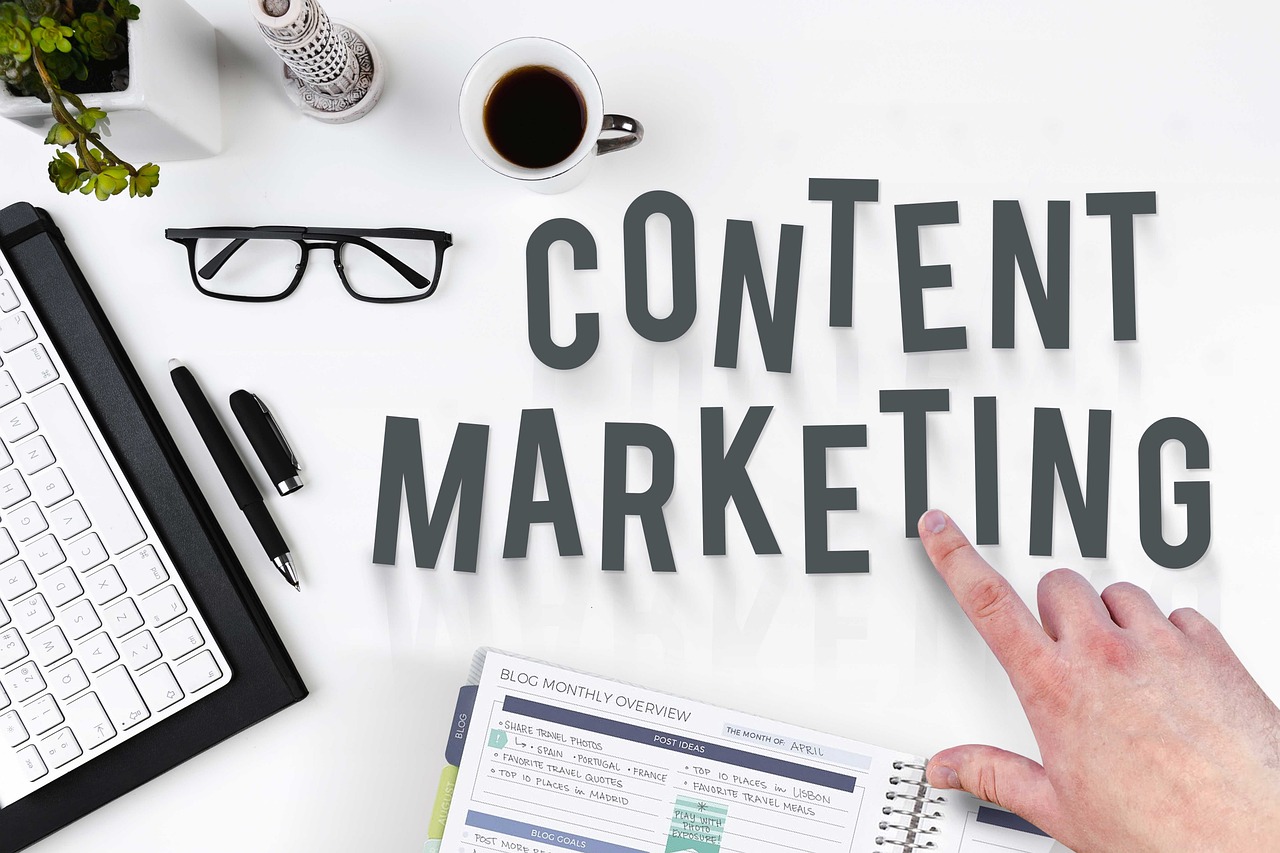Email Marketing: A Detailed Overview
What is Email Marketing? Email marketing is a digital marketing strategy where businesses use email to communicate with their audience. It’s a direct and personalized form of communication that allows businesses to promote products, share news, and nurture relationships with their customers. It is often regarded as one of the most cost-effective and high-return marketing channels.
Key Components of Email Marketing
- Email List: The foundation of any email marketing campaign is the list of subscribers. This list contains contact information for people who have opted in to receive emails. These subscribers are your audience, and building a targeted, high-quality list is essential for success.
- Email Content: The content of your emails can vary depending on the campaign’s goal. It might include:
- Promotions: Discounts, offers, or new product launches.
- Newsletters: Regular updates on company news, industry insights, or curated content.
- Transactional Emails: Purchase confirmations, shipping updates, etc.
- Educational Content: Tutorials, how-tos, and product usage tips.
- Personalization: Personalizing emails by including the recipient’s name, location, past purchases, or preferences can dramatically improve engagement. With advanced automation tools, businesses can segment their audience and tailor content specifically to different subscriber groups.
- Segmentation: This is the practice of dividing your email list into smaller groups based on certain criteria like demographics, behavior, or interests. Segmentation helps in delivering more relevant content to each group, improving open rates and engagement.
- Design & Layout: Well-designed emails are essential for maintaining reader attention. Email design includes:
- Responsive Design: Emails should display correctly on all devices (desktop, mobile, tablet).
- Clear Call-to-Action (CTA): The email should guide readers towards taking an action, such as visiting your website, making a purchase, or reading more content.
- Visual Appeal: Including images, videos, and branded elements can make the email more engaging.
- Automation: Email automation refers to setting up emails that are automatically sent based on predefined triggers, such as welcome emails, abandoned cart emails, or post-purchase follow-ups. Automation allows businesses to engage with customers at the right moment without manual effort.
- A/B Testing: This involves testing different versions of an email (e.g., subject lines, layouts, CTAs) to see which performs better. Over time, this data can inform more effective email strategies.
- Compliance with Laws (e.g., GDPR, CAN-SPAM): It’s essential to ensure that email marketing campaigns comply with relevant laws, including obtaining consent to send emails, providing a clear way to unsubscribe, and including your business’s contact information in every email.
Types of Email Marketing Campaigns
- Welcome Emails: Sent to new subscribers, introducing them to your brand and setting expectations about future communication. These emails generally have the highest open rates.
- Newsletter Emails: Regularly sent emails that provide subscribers with valuable content, company updates, or curated information, building long-term relationships with the audience.
- Promotional Emails: Emails aimed at generating sales by offering discounts, special promotions, or product recommendations.
- Abandoned Cart Emails: Sent to users who added products to their cart but did not complete the purchase. These emails often offer incentives to finalize the transaction.
- Re-engagement Emails: These emails are targeted at inactive subscribers, aiming to rekindle their interest in your brand or offerings.
- Survey/Feedback Emails: Requests for feedback from customers about their experience, products, or services. This helps businesses improve and also engage customers.
- Transactional Emails: These are triggered by specific actions, such as purchase confirmations, shipping updates, or account notifications.
Best Practices for Email Marketing
- Focus on Quality Over Quantity: It’s better to send fewer emails with high value than many that may feel spammy or irrelevant to the subscriber.
- Craft Compelling Subject Lines: The subject line is the first thing a subscriber sees. A compelling, clear, and sometimes personalized subject line can dramatically increase open rates.
- Maintain a Clean Email List: Regularly clean your email list by removing inactive subscribers. This improves deliverability and ensures your emails reach the intended audience.
- Monitor Key Metrics: To measure success, monitor metrics such as open rates, click-through rates (CTR), bounce rates, and conversions. These will help you tweak and optimize future campaigns.
- Use Email Service Providers (ESPs): Platforms like Mailchimp, ActiveCampaign, and Constant Contact offer robust tools for creating, managing, and automating email campaigns, as well as monitoring performance.
Benefits of Email Marketing
- Cost-Effective: Email marketing has a low cost per conversion compared to other digital marketing channels.
- Direct & Personalized Communication: Allows for personalized communication tailored to the user’s interests.
- Measurable Results: Metrics like open rate, CTR, and conversion rate provide clear insights into the effectiveness of each campaign.
- High ROI: Email marketing consistently delivers a higher return on investment than most other digital channels.
- Automation Capabilities: With automation, emails can be sent to the right customer at the right time without manual input.
Challenges of Email Marketing
- Deliverability Issues: Emails might land in spam folders, especially if the email list is unclean or content looks like spam.
- Design Limitations: Different email clients (e.g., Gmail, Outlook) may render emails differently, causing design issues.
- Subscriber Fatigue: Over-emailing can lead to unsubscribes or users becoming less responsive.
Conclusion
Email marketing remains a powerful tool in a business’s digital marketing arsenal. When done correctly, it can foster deeper connections with customers, boost sales, and enhance brand loyalty. By focusing on delivering personalized, valuable content to the right audience, businesses can see significant results from their email marketing efforts.
At 7Shades Digital, we specialised in creating strategies that help businesses excel in the digital world. If you’re ready to take your website to the next level, contact us today!





